Research Projects
Brown Dwarfs and Exoplanets
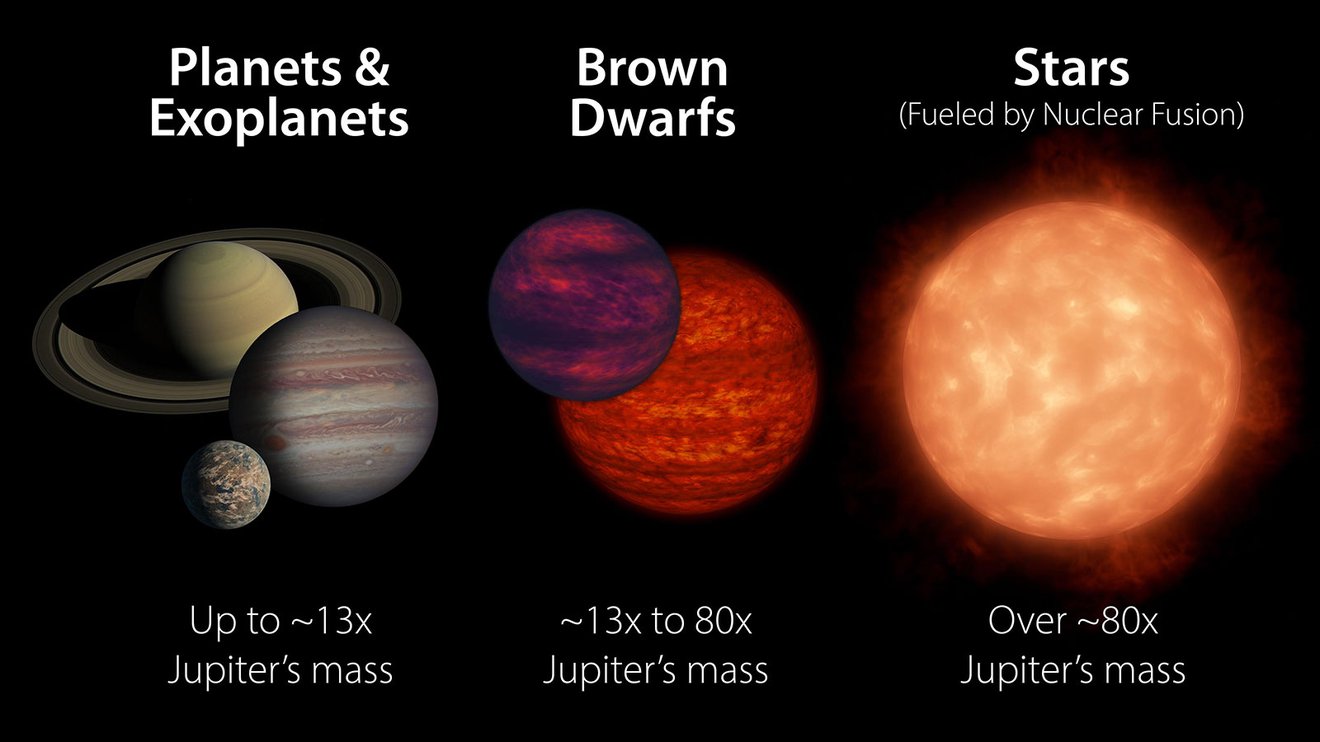
Research Interests
- Brown dwarf and exoplanet atmopsheric characterization
- Substellar formation pathways and environments
- Atmospheric processes (e.g. clouds) of brown dwarfs and giant planets
- Influence of stellar abundances on brown dwarf formation and clouds
- Combining observational and computational methods to understand the atmospheric, physical and chemical processes in exoplanets and brown dwarfs
- Atmospheric retrievals to characterize the atmospheres of individual systems
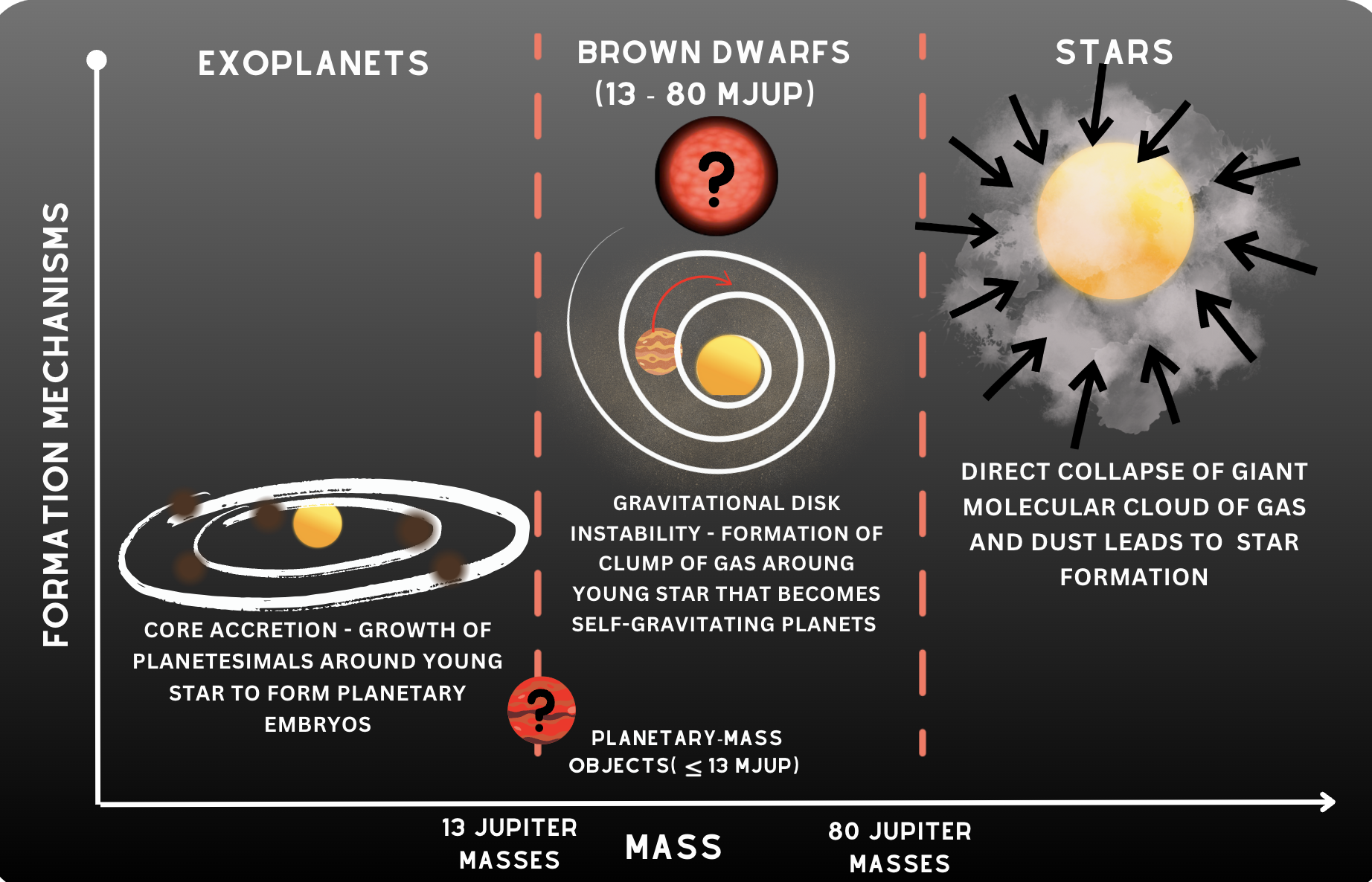
Atmospheric Retrievals of Red Exoplanet Analogs
The aim of this project was to perform retrieval analysis for a set of young, cloudy, red L-dwarfs to probe and further understand their formation pathways (via C/O ratios) as objects that straddle the mass boundary between a planet and brown dwarf. As we performed the retrieval results, we found consistent difficulty in the retrieval constraints regardless of the signal to noise of the two objects and thermal profile parameterization used. A highlight was that the retrieval analysis was able report that the data strongly favored cloud models over cloudlss models; consistent with thr red and variable nature of the objects. Ultimately, we found continued evidence of mising information in the models and further evidence for JWST is needed to guide and inform retrieval analysis in this regime.
Paper Here!
Stellar Abundances of FGK Stars with Benchmark Brown Dwarfs
Currently, I am performing a uniform stellar abundance analysis of FGK type stars with a high resolution optical spectrograph (Potsdam Echelle Polarimetric and Spectroscopic Instrument; PEPSI). In our sample, we have observed ~30 stars that have benchmark companion brown dwarfs. In an effort to Know Thy Star, Know Thy Brown Dwarf , we are working to uniformly report the abundances of C/O, Mg/Si and Ca/Al to anchor future retrieval analysis for the brown dwarf companion and comment on the usabilty of abundances (other that assumed solar) for question of formation in brown dwarf and giant exoplanet science
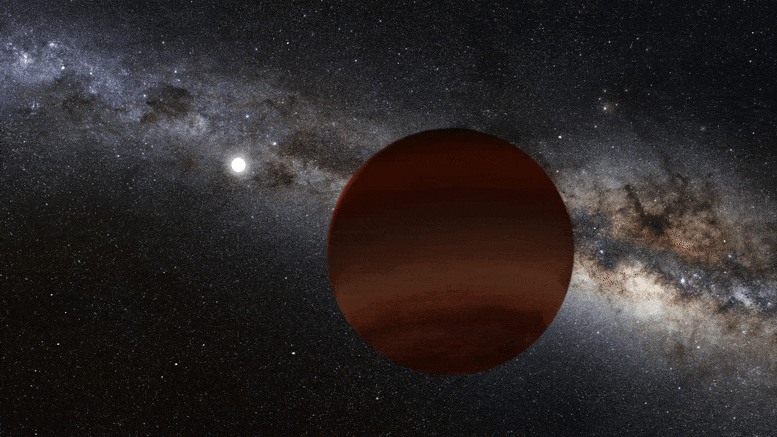
Intermediate-Mass Brown Dwarfs
I am also investigating the atmospheric properties and formation pathways of intermediate-mass brown dwarfs (~30 - 50 Jupiter mass). Intermediate-masss brown dwarfs serve as a bridge between high-mass benchmark brown dwarfs and low surface gravity directly imaged exoplanets. I am utilizing low and medium resolution ground-based data to investigate what we can learn about the atmospheric properties and formation from retrieval analysis in this regime. Research in progress, stay tuned!
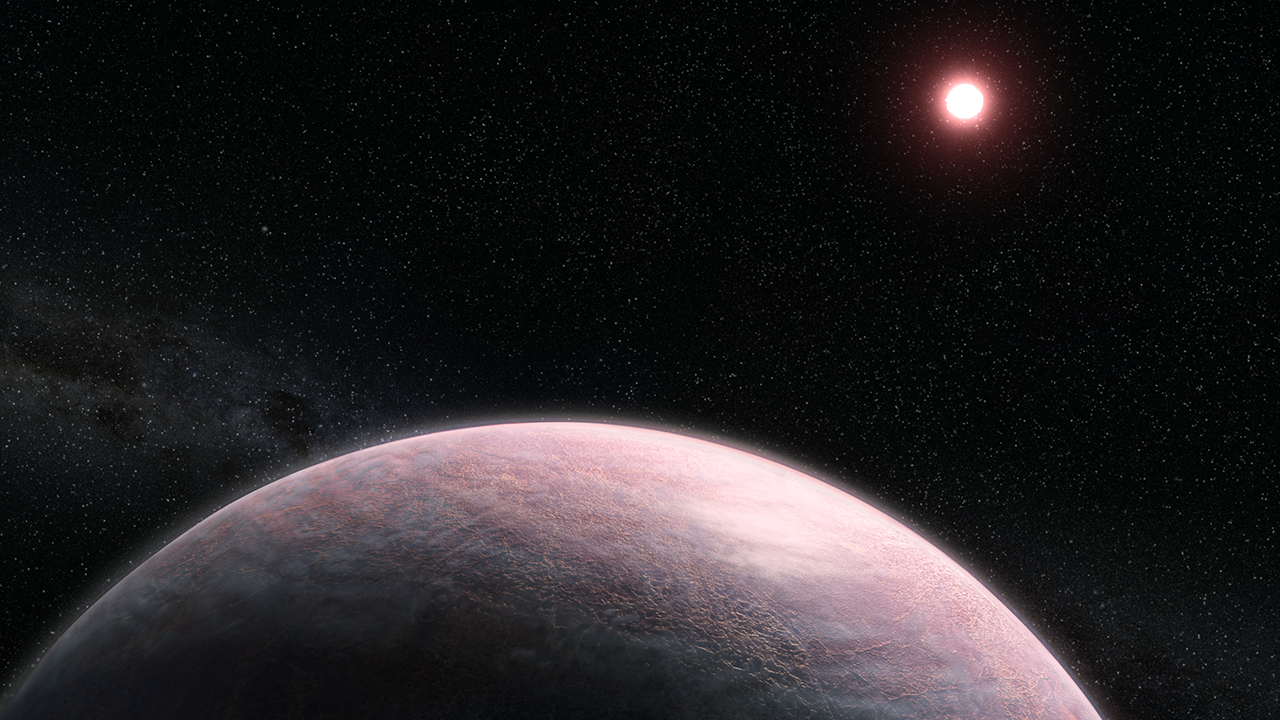
Exoplanets: Detecting Potential Biosignatures
I have worked on projects with Dr. Ji Wang on determing whether ammonia (a potential biosignature) in hydrogen and nitrogen dominated atmospheres of gas dwarfs is detectable with JWST and Twinkle. We sought gas dwarfs, as they are more amendable targts than Earth-like planets for transit observations because of their larger radii and atmospheric scale heights due to potentially hydrogen-dominated atmospheres. To learn more, please check out the papers below!
Paper 1 Paper 2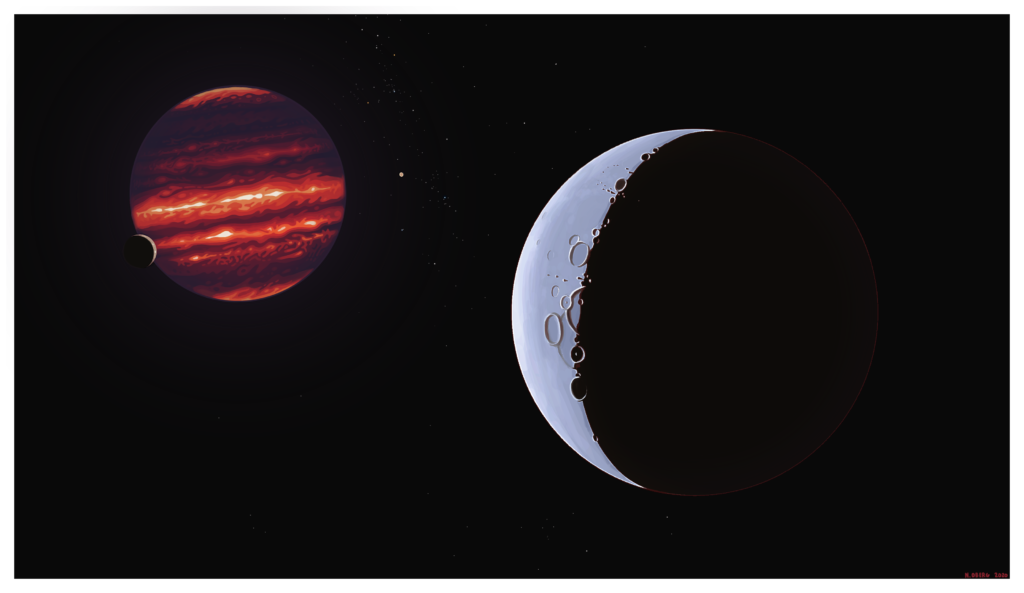
Brown Dwarf Companions
Brown dwarfs straddle the mass region between gas giant planets and low-mass stars and can similar atmopsheric properties of gas giants. They are observationally easier to charactrize, thus we can learn more about the properties of gas giants by studying them. However, brown dwarf companions are rare (<5% occurence rate). I have worked on a project that invovled the characterization of a companion at the substellar boundary in the Beta Pictoris Moving Group. The object I studied, 2M0443+3723 B had a peculiar nature compared to other similar substellar objects in this moving group. Along with this, despite a literature history of proposed membership in the Beta Pictoris Moving Group, current membership tools show low probability of membership, indicating the object may be a kinematic outlier.
Learn More